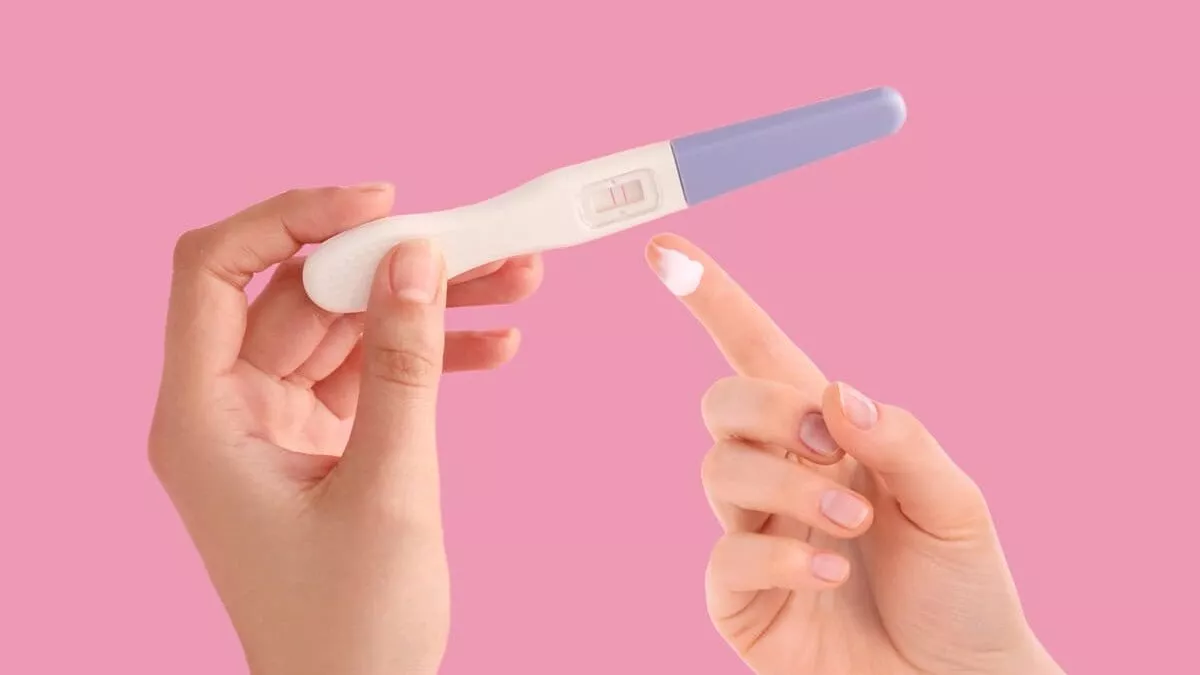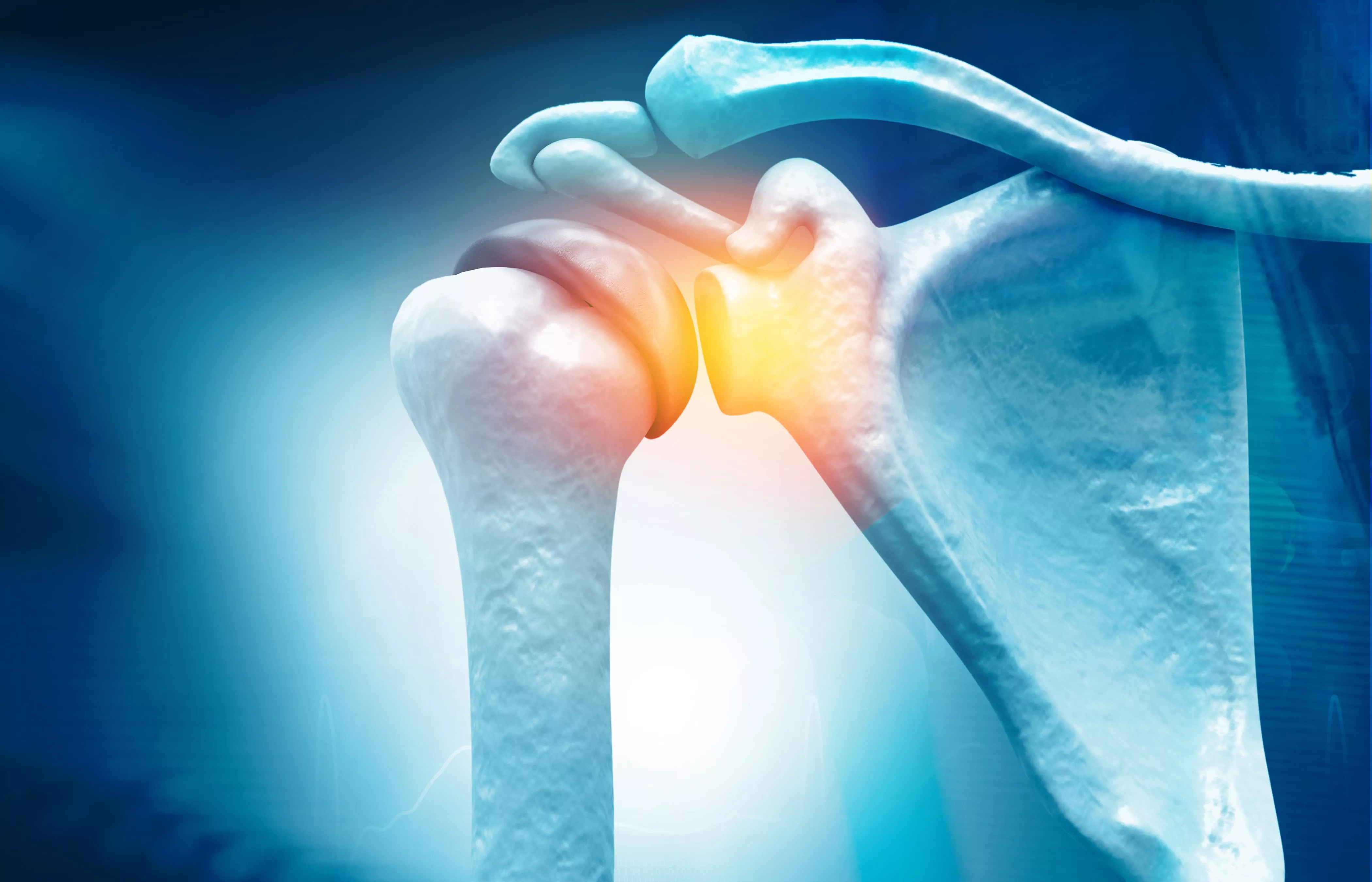Diagnosis and Symptoms
Cubital tunnel syndrome is a condition that can cause severe pain, numbness, tingling and muscle weakness in the hands and arms. The irritation or compression of the ulnar nerve causes cubital tunnel syndrome. If left untreated, a compressed ulnar can result in several unpleasant and serious symptoms like weakness and wasting of muscles. The second most common peripheral nerve compression disorder after carpal tunnel syndrome is cubital tunnel syndrome. Patients experiencing such conditions can seek advanced care at an Internal Medicine Hospital in Hebbal Bangalore, where specialists can help diagnose and manage nerve-related disorders effectively.
Consult an orthopaedic doctor if the symptoms are severe or have persisted for more than six weeks.
What is cubital tunnel syndrome?
Cubital tunnel syndrome develops when the ulnar nerve, which travels through the cubital tunnel, a passage made of bone, muscle and ligament on the inside of the elbow, sustains an injury and subsequently becomes inflamed, swollen and irritated.
The ulnar nerve, a nerve that crosses the elbow gets irritated or inflamed leading to symptoms. The ulnar nerve begins on the side of the neck and travels to the fingers.
What are the risk factors for cubital tunnel syndrome?
The following conditions increase your risk of developing cubital tunnel syndrome:
- Elbow arthritis
- Repetitive bending of the elbow or keeping the elbow bent for a long duration
- Bone growths
- Growths close to the elbow joint
- Elbow dislocation in the past
- A previous elbow fracture
- Elbow joint swelling.
People will not get cubital tunnel syndrome just because they have experienced these symptoms, but these might indicate the risk of acquiring one. If symptoms persist, consulting General Physicians in Hebbal Bangalore can help identify the underlying causes early and prevent further complications.
How is cubital tunnel syndrome diagnosed?
The doctor will go through the patient’s medical history and physical examination before performing the diagnostic tests, which include:
- Nerve conduction test: This is a test to measure the speed at which signals go down a neuron to detect any compression or constriction of the nerve
- Electromyogram: The ulnar nerve-controlled forearm muscles may be tested as part of this examination of nerve and muscle function. If the muscles do not function as they should, there may be an issue with the ulnar nerve
- X-ray: This is carried out to examine the elbow's bones and check for bone spurs or arthritis.
What are the symptoms of cubital tunnel syndrome?
Cubital tunnel syndrome symptoms include:
- Difficulty moving your fingers when they are numb or tingling (falling asleep)
- Intermittent numbness in your hand and fingers
- Feeling pain on the inside of the elbow
- Intermittent tingling in your fingers and hand.
The most typical symptoms include numbness and tingling in your hand and inner elbow pain. Most frequently, this occurs when your elbow is bent. Like while driving, using the phone, working on the computer or during sleep
What are the causes of cubital tunnel syndrome?
If you repeatedly lean on your elbow, especially on a hard surface, you increase your risk of developing cubital tunnel syndrome. Some other causes are as follows:
- When using a cell phone or placing your hand under your pillow as you sleep or bending your elbow for extended periods
- Elbow swelling brought on by fluid build-up that strains the nerve
- A direct strike to the inside of the elbow may cause the little and ring fingers to become painful, feel like they are receiving an electric shock and go numb.
Cubital tunnel syndrome can occasionally be brought on by excessive physical activity that puts pressure on the ulnar nerve or by aberrant bone growth in the elbow.
What is the treatment for cubital tunnel syndrome?
Your doctor will probably first suggest non-surgical treatment unless your nerve compression has significantly contributed to muscle wasting.
Non-Surgical Therapy: Non-steroidal anti-inflammatory drugs: Your doctor might prescribe an anti-inflammatory drug to help reduce swelling around the nerve if your symptoms have recently begun. Although anti-inflammatory medications containing steroids are quite helpful, cubital tunnel syndrome is typically not treated with steroid injections due to the possibility of nerve injury.
Splinting or bracing: This helps to keep your elbow in a straight position at night.
Surgical Treatment: If non-surgical treatments have not improved your condition, your doctor may advise surgery to relieve pressure on the nerve. The ulnar nerve of the elbow can be released from pressure through a few surgical methods. Discuss with our orthopaedic doctors to choose which course of action is suitable for you.
- Release of the cubital tunnel: The cubital tunnel's ligament roof is separated and sliced during this procedure. This expands the tunnel and releases pressure on the nerve
- Anterior transposition of the ulnar nerve: The nerve is kept from catching on the bony ridge and straining when you bend your elbow by being moved to the front of the medial epicondyle
- Epicondylectomy: The medial epicondyle may also be partially removed to release the nerve. This method prevents the nerve from becoming caught on the bony ridge and straining when your elbow is bent.
FAQs:
1. Who is most likely to get cubital tunnel syndrome?
Patients with diabetes mellitus are more likely to experience symptoms affecting the ulnar nerve.
2. What happens if you ignore cubital tunnel syndrome?
It will be harder for you to utilise your hand and fingers, and they will slowly lose their mobility.
3. Does magnetic resonance imaging (MRI) show cubital tunnel syndrome?
An MRI can be used to demonstrate ulnar nerve signal abnormalities in patients with cubital tunnel syndrome.
4. Does cubital tunnel syndrome have permanent consequences?
If cubital tunnel syndrome is left untreated, it could lead to permanent nerve damage.











